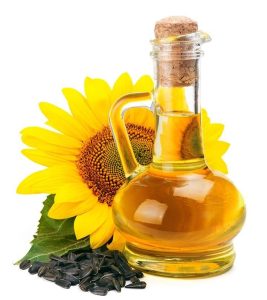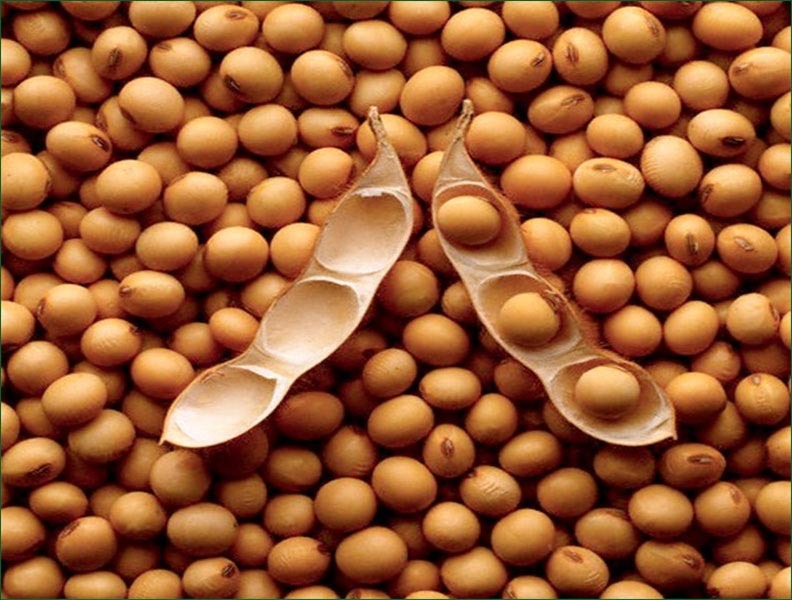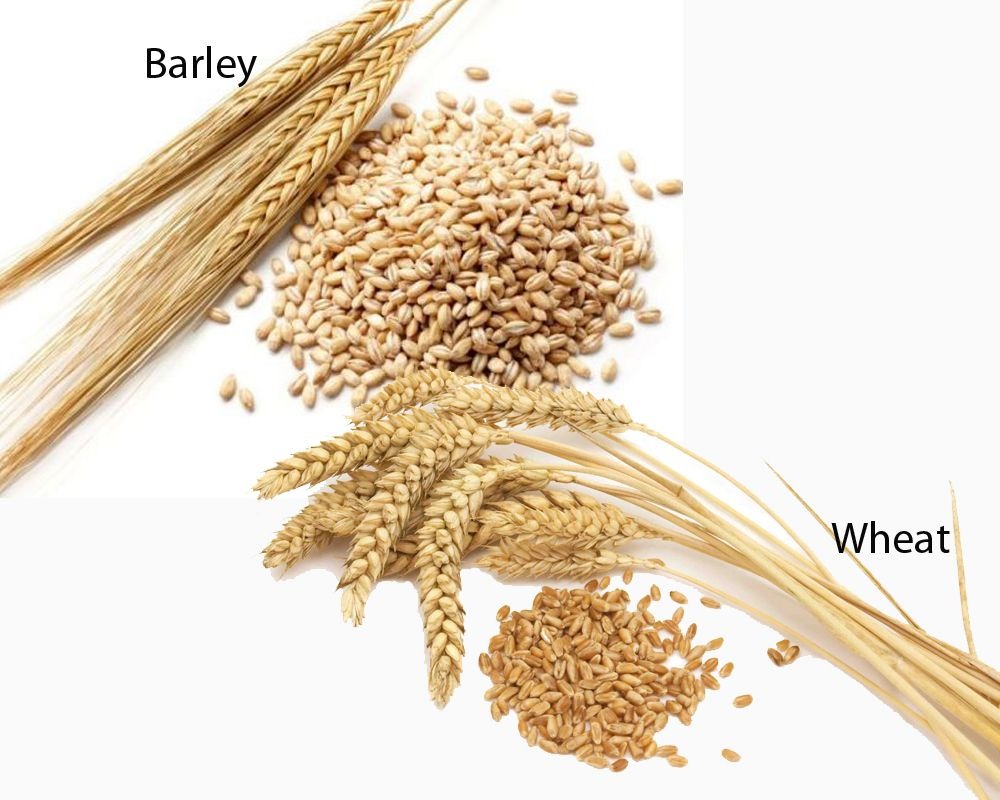Home » Product
Soybean oil is a type of vegetable oil that is derived from the seeds of the soybean plant. In addition to being one of the most commonly consumed cooking oils, it’s also often used in many salad dressings and condiments as well.
1. Good Source of Vitamin K 2. Promotes Heart Health 3. Has a High Smoke Point 4. Keeps Skin Healthy 5. Helps Nourish Hair

Arctic char, steelhead sprat sea lamprey grunion. Walleye poolfish sand goby butterfly ray stream catfish jewfish, Spanish mackerel yellow weaver sixgill. Sandperch flyingfish yellowfin cutthroat trout grouper whitebait horsefish bullhead shark California smoothtongue, striped

Cooking oil is a major global product, with Asian and Pacific regions holding a large share of the market. Moreover, the cooking oil market is expected to increase by 3.25% by 2025. Palm oil and soybean oil see the most demand, but the industry is still plenty competitive for less-used products like olive oil and coconut oil.Types of Edible Oils
As trends change, the popularity of different cooking oils fluctuates.
Currently, many consumers are looking for non-GMO alternatives to popular cooking oils. Thus, people are cooking less with vegetable oil and instead using avocado oil as a healthier substitute. Both products work well for deep frying and have high smoke points.
High in omega-6 fatty acids, vitamin E, and phytosterols, which help lower bad cholesterol and support heart health. It has a high smoke point (450°F/232°C), making it ideal for frying .Uses: Commonly used in deep frying, baking, and salad dressings.
Nutritional Benefits: Rich in vitamin E, unsaturated fats, and omega-6 fatty acids. It promotes cardiovascular health and is suitable for cooking at high temperatures.
Uses: Ideal for frying, baking, and as a base for salad dressings.


Canola oil is one of the most commonly used and healthiest cooking oils worldwide. It was originally developed in Canada from a type of rapeseed, and its name comes from “Canadian Oil, Low Acid.” Today, Canada is the world’s largest producer and exporter of canola oil.Key Features of Canola Oil:1-Heart-Healthy Fats.2-Good Source of Omega-3 Fatty Acids.3-Mild Flavor & High Smoke Point

Seed oils, or “vegetable oils” are extracted from vegetable crops like soybeans, cottonseed, and corn, often through intensive processing. These methods typically involve high heat, chemical solvents, and deodorization to make the oils suitable for consumption.

Soybean meal is used in food and animal feeds, principally as a protein supplement, but also as a source of metabolizable energy.

Cottonseed meal is a by-product of extracting oil from cotton seeds. It is widely used in animal feed, poultry nutrition, and agriculture due to its high nutritional value.Cottonseed meal is an economical and nutritious feed source for livestock and a valuable agricultural input. However, proper management is essential to maximize its benefits while minimizing potential risks.

Wheat is one of the most important cereal crops and a staple food for many people worldwide.Uses: Wheat flour is used to make bread, pasta, cakes, and pastries. Types of Wheat:
Hard Wheat: Ideal for bread and pasta production.
Soft Wheat: Suitable for cakes and pastries.
Barley (Hordeum vulgare) is one of the most important cereal grains and among the first crops cultivated by humans.
Uses : Human Food: Used in making barley bread, soups, stews, and porridge.
Animal Feed: Accounts for about 70% of global barley production.
Brewing: Essential for malt production and alcoholic beverages like beer.
Barley is a vital crop for cold and arid regions worldwide due to its hardiness and versatility.

Canada One Group is committed to providing high-quality products and exceptional services to our clients across various sectors
© 2024. All Rights Reserved